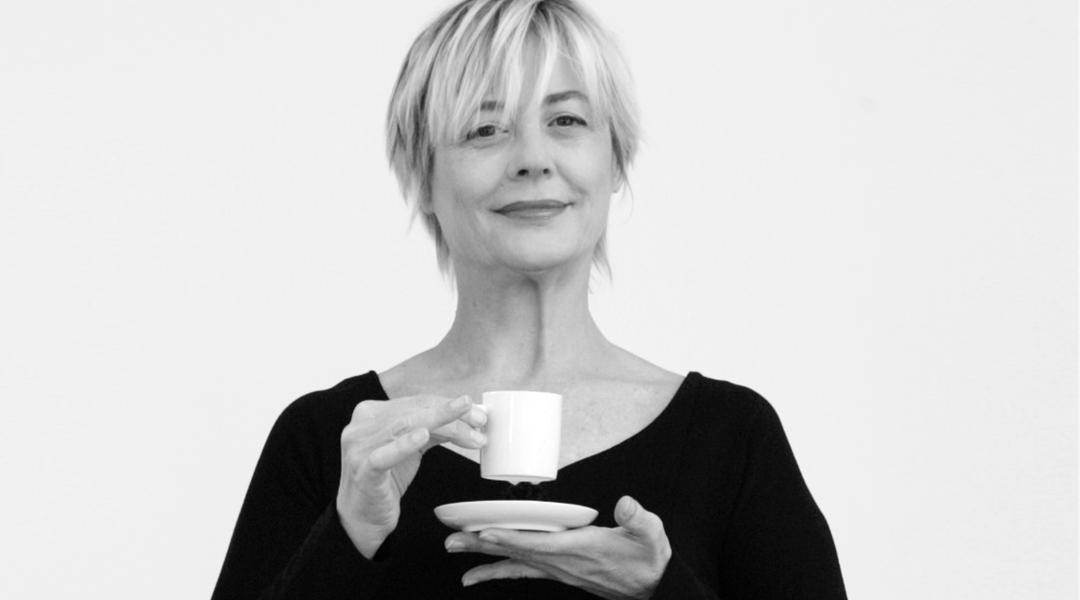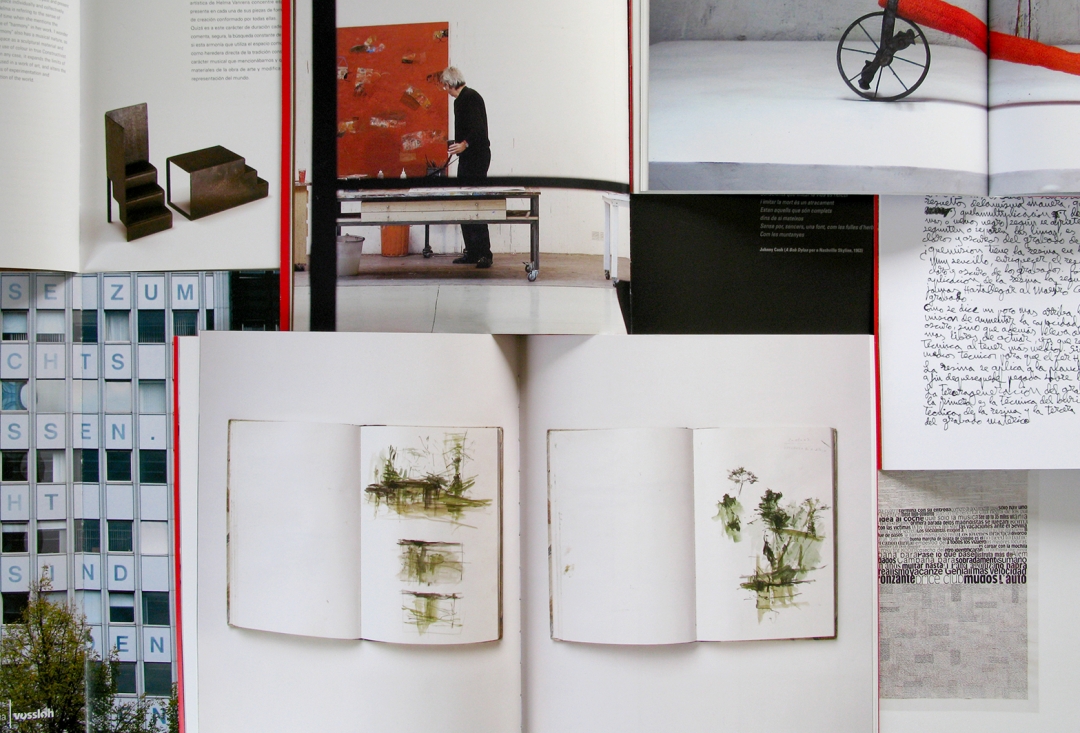Marisa Gallén
Design for life

In late 2019, Marisa Gallén received the National Design Award, a recognition for a long career dedicated to an artistic discipline that is much talked about but about which little is known.
Passionate about creating, Marisa Gallén (Castellón, 1958) defines herself as a “24-hour designer”. The National Design Award came only a few weeks after Valencia was named the 2022 World Design Capital, an initiative promoted by the association she presides. Currently specialized in graphic design, her almost forty years of experience cover all kinds of projects. "Now —she says referring to the guidelines of the projects she has made for a few years now through the Gallén+Ibáñez studio— my aim is to communicate with as few elements as possible. It could be defined as an aesthetic of absence.”
Do you remember the first time you realised you wanted to dedicate yourself to designing?
I remember perfectly. I studied Fine Arts, but I didn't feel like I was an artist. What do you do with that if you want to dedicate yourself to something creative? One day, seeing the masthead of a magazine, I realised cover design existed and that it was very close to what I wanted to do. From that moment on, all my steps were aimed at doing internships in design studios and I took two of my friends from university I was close to with me. A year later, we were invited to join the team that created La Nave studio, where I trained.

Catalogs with designs by Gallén+Ibáñez
La Nave was a very important design studio in Valencia but also at a national level.
So they say. What I can say is that we were a team working in a country that in 1984 had successfully accomplished the political transition, becoming a democratic country with institutions that needed renovation and a facewash in order to eradicate the dullness and the sadness brought about by the dictatorship. We had to show the world that Spain had changed. And designers were in charge of visually dignifying that political shift. A team of eleven designers was very attractive to the media because we were modern, young, and friendly [laughs]. But, above all, there was talent, and that's why we were valued.
Designer Sandra Figuerola and you were the only women in that team…
But besides the two of us, who were partners of La Nave, there were more women working in the studio. Being a woman in this in this field not easy, we all know that. The positions of power are taken by men, and men prefer to work with other men, which I understand because I also like working with other women. I understand it, but it bothers me. Women usually get fewer projects than men because the more important a company is, the more men there usually are. However, feminism is having greater success now than in the past, I’d never seen what has happened over the past few years before, and I’m delighted about it. It’s quite liberating.
“Being a woman in this is not easy. However, feminism is having greater success now than in the past. It’s quite liberating”
Is design another tool to help achieve equality?
Literature, plastic arts or cinema promote the use of languages that are more gender specific because it’s the creator who chooses the discourse. It’s different in my field because designers work for a client who has a message we translate to symbolic language. We put voice to our clients, a voice that isn’t ours. I can’t tell whether a brand has been designed by a man or a woman. Now, something in advertising could be done to avoid using women to please the masculine eye. That could definitely change.
In November you were awarded the 2019 National Design Award. The first woman to receive it was Pati Núñez, in 2007, and now it’s you.
It was high time a woman got it, wasn’t it? [laughs] Actually, we are two because there’s a new category, Young Designers, which was won by Silvia Fernández Palomar. Women should get more attention because there’re very few examples. If we don't get recognition, girls will have no one to identify with. Female students tend to be better than male students at school, but then, when it comes to taking the lead in projects, women are left in the background. It’s as if they lacked confidence, partly because we aren’t as pressed by the imperative of success as men are. We aren’t pushed to believe that we are capable.
What is the function of design in our daily lives?
Design is a great catalyst for innovation through creativity and explores original solutions to meet the needs of clients and satisfy the final user. It’s not about making a chair just to sit on it. It’s also about generating affection and empathy, that the person buying it does so because of its symbolic or emotional values. There’s little awareness about the role of design to improve our quality of life. That’s why it’s absent in so many places.

Catalogs with designs by Gallén+Ibáñez
How do you translate this idea in a city?
It’s important that we value what makes us unique. Monuments are fine, but so are emblematic establishments. They’re part of a patrimony that preserves local features and has landscape value, which adds to the identity of the area. The three symptoms that afflict almost all cities are communicative saturation, homogenization and hyper-illumination, which in Spain is extreme. And a poorly lit city isn’t a cosy city. Rather than designing for the city, I’d like to reduce, group, and systematize elements.
Do you have a predilection for any of the projects you’ve done throughout your career?
I like everything. Package design is very cool, but I especially like cultural projects, maybe because they’re not so much about financial success. As far as graphic design goes, I’d highlight Ensems, the international festival of contemporary music for which I worked for 19 years. I’m also very satisfied with the visual identity and signage I made for the Bombas Gens Art Center.
Any influence on your designs?
There're many influences. I like the classics, but also very interesting new designers. At the end of the day, your style is built by decisions based on your taste. And that creates a language based on your preferences but also on your limitations, and within that field of possibilities you create a nomenclature that becomes the language with which you express yourself.






